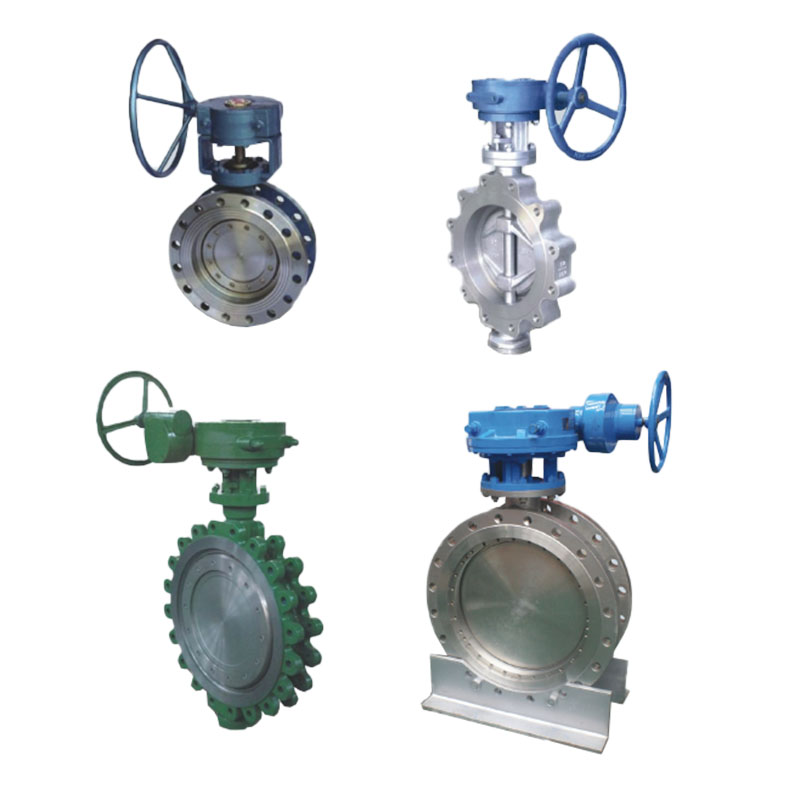Zhejiang Shunlin Valve Co., Ltd. is China Flange Valve Manufacturers, we are design and manufactures API standard valves (globe valves, gate valves, check valves, ball valves).
The Use Of Stainless Steel Gate Valves
Gate valve is a general term and can be used in various positions in the pipeline according to the needs. For example, it can be used as a water valve in domestic water supply, fire protection system,s and industrial water supply systems to control water flow, water temperature, etc.
Gate valves can be divided into acid-resistant, corrosion-resistant, high-temperature-resistant, and ordinary valves according to the use environment and the passing medium. In this case, stainless steel gate valves are generally used in occasions with corrosive media, such as chemical, petrochemical, petroleum, paper, mining, electricity, liquefied gas, food, pharmaceutical, municipal water supply, machinery and equipment, electronic industry, urban construction Wait.
Stainless steel gate valves are mainly used to control various fluids, such as air, water, steam, various corrosive media, mud, oil, liquid metal and radioactive media.
Stainless steel materials for gate valves mainly include 304 stainless steel, 304 L stainless steel, 316 stainless steel, 316 L stainless steel, 321 stainless steel, etc.
304 stainless steel is the most common material in stainless steel and is also known as 18/8 stainless steel in the industry. As one of the most widely used stainless steels, it has the characteristics of good corrosion resistance and heat resistance, good low-temperature strength, good processing performance and high toughness. It is also an internationally recognized food-grade stainless steel.
This kind of 304L stainless steel with extremely low carbon content is called ultra-low carbon stainless steel. It is also a derivative of 304L stainless steel. It has all the properties of 304 stainless steel and also has the ability to resist intergranular corrosion that 304 stainless steel does not have. Applicable to equipment requiring good overall performance (corrosion resistance, molding resistance).
Due to the addition of 2-3% molybdenum to 316 stainless steel, its corrosion resistance, atmospheric corrosion resistance, and high-temperature strength are particularly good, and it can be used in harsh conditions, with excellent work hardening (non-magnetic) and high temperature strength. Higher than 304/304L stainless steel.
316L stainless steel is a derivative of 316 stainless steel. Like the above 304L stainless steel, it is ultra-low carbon stainless steel and has the same resistance to intergranular corrosion. In addition, the molybdenum content in 316L stainless steel gives the steel excellent resistance to pitting corrosion and can be safely used in chloride ion environments.
321 stainless steel is a material with excellent high-temperature stress rupture performance and high-temperature creep resistance performance, stress mechanical properties are better than 304 stainless steel Heat-resistant parts and parts with difficult heat treatment.
To learn more, see: Custom Flange Valves Manufacturer

 English
English 中文简体
中文简体 русский
русский







